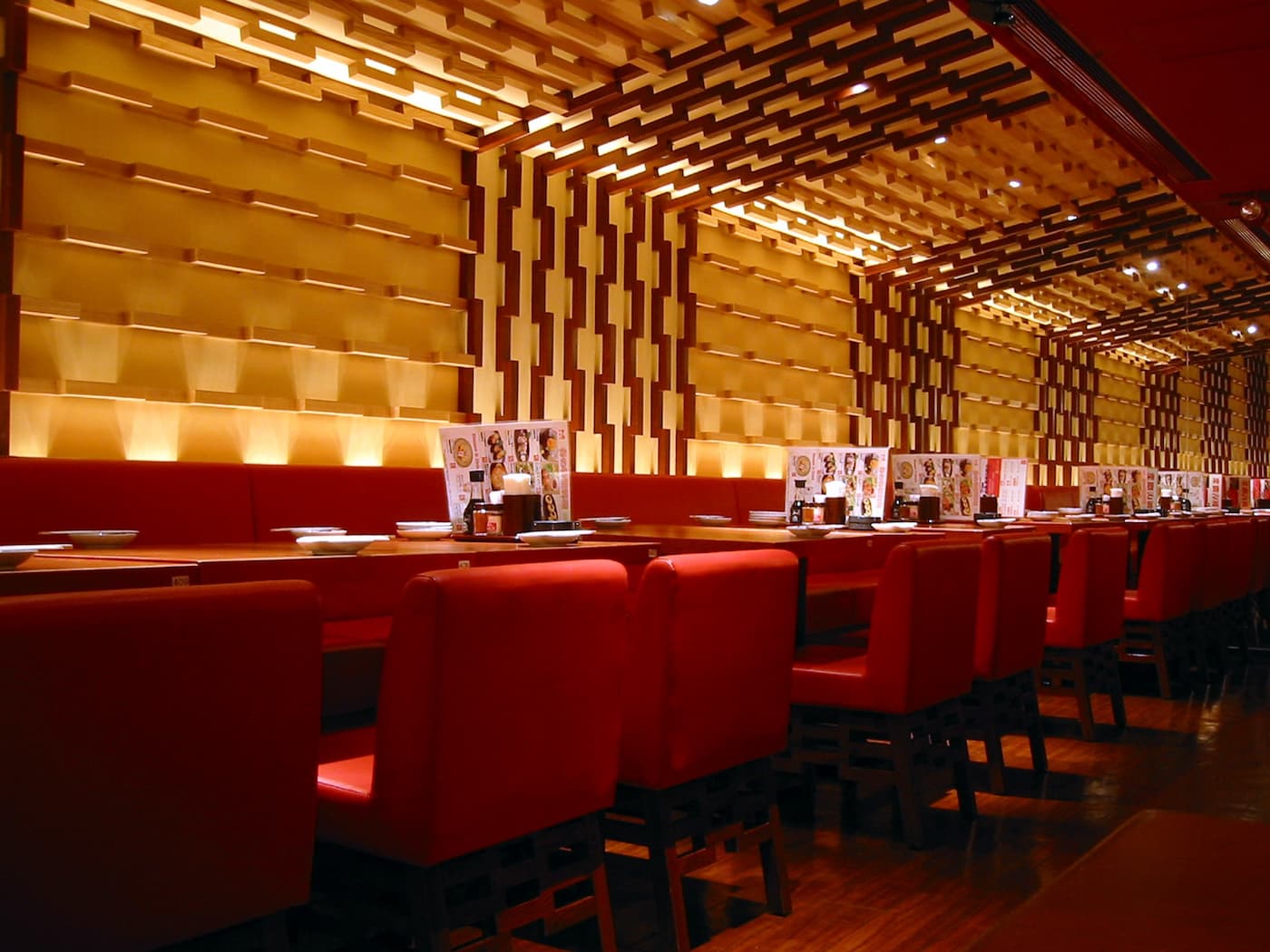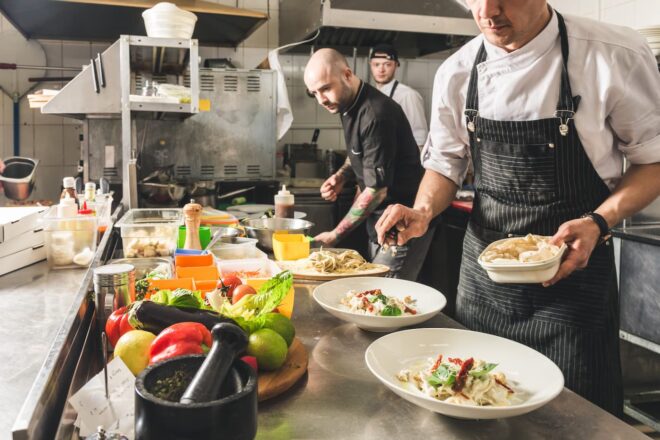What is fine dining? Here’s a guide for creating a special restaurant experience
Editorial Team
4 min read
When you want to eat something fast and convenient, there are many quick-service restaurants from which to choose. Or, maybe you have the time to dine in at a casual full-service establishment. However, when you want a truly elegant experience that takes you out of your normal routine, there’s nothing more special than a fine dining restaurant.
There’s something gratifying about providing this special experience for others — which is why many restaurant owners decide to open a fine dining establishment. This article defines the concept behind fine dining and provides a high-level overview of how to start a fine dining restaurant so you can offer a truly memorable experience.
How to tell if your restaurant is considered fine dining
An online search of “what is a fine dining restaurant” reveals a lot of conflicting definitions. As you read through these articles, a few common characteristics of fine dining start to emerge:
- Uniqueness: One way restaurant owners can increase sales is by franchising or expanding. That can be hard to do with fine dining, since what you’re selling is a one-of-a-kind experience that can’t be easily duplicated elsewhere.
- Elegance: Tastes are subjective, but fine dining is normally associated with elegance and sophistication. Think white tablecloths, candlelight, and nice place settings. Loud music or bright lights simply don’t work in a fine dining experience.
- Multicourse meals: Many fine dining restaurants serve multiple courses throughout the meal, even if the selections come from a limited menu. Of course, there is almost always a wine list as well.
Because of the above, fine dining restaurants are usually more expensive than their casual dining counterparts. If you want to justify charging higher prices, there are some additional aspects of the fine dining experience you need to understand.
Etiquette, behavior, and standards
Most restaurants have house rules for the employees, as you’ll see below, but there’s also a certain level of expectation when it comes to the behavior of guests. When providing a fine dining experience, a higher standard of etiquette is expected of customers, including:
- Keeping conversation quieter so as not to disturb other tables
- Following the dress code (e.g., jacket and tie)
- Making reservations for each occasion
- Considering the maturity of children in attendance
What is fine dining service and why does it matter?
Your guests expect a top-notch experience when they visit your restaurant, and it starts with your fine dining staff. Consider implementing the following house rules:
- It’s common practice to greet guests as soon as they enter.
- Servers should all wear clean uniforms when on the floor.
- Everyone must have extensive knowledge of the menu (including the wine list).
- Spills, spots, stains, crumbs, and other blemishes should be addressed as quickly as possible.
- Servers should know the right utensils for every meal – including the order in which to lay them.
- Table turnover is great, but a guest should never feel rushed during their meal. They’re paying for the experience.
What sets fine dining staff apart from their casual and quick-service counterparts is attention to detail. Be sure to read our guide on how to hire, train, and manage a team about whom customers will rave.
Types of menus and meal options
Every fine dining restaurant is different. Chefs often have a lot of leeway when designing menus, but most high-end kitchens structure their dishes around one of three core concepts:
- À la carte, in which the customer can choose from a selection of dishes to design a meal
- Prix fixe, in which customers can choose from a set list of multicourse combinations
- Entrée, in which customers choose a main plate – with side dishes being implied
Starting with appetizers and cocktails, each course is brought in stages. The next course doesn’t begin until everyone at the table has finished the previous one.
Whether you’re starting from scratch or already own a restaurant, there’s nothing stopping you from offering customers a unique, elegant, and high-end dining experience. However, the journey becomes easier if you use tools and technology to automate as many aspects of managing your business as possible.
In addition to accepting payments, for example, every Clover point-of-sale (POS) system provides customer engagement and employee management capabilities. With third-party plugins from the Clover App Market, you can easily expand this functionality – whether you want the ability to book reservations online or simply need help managing inventory or designing better floor plans.
To learn more about how our POS solutions can help you achieve your dreams of owning a fine dining restaurant, contact one of our Clover Business Consultants today.
Related Posts
What is a prix fixe menu?
From food truck to storefront: The concise guide to opening your first permanent location
Popular Topics
Stay In Touch
Sign up and learn more about Clover.
Thank you for your subscription!
Recent Stories
- Jewelry store supplies and equipment needed for opening day
- How small businesses can use employee discounts to retain staff
- Tips and tricks for opening an outdoor pop-up restaurant
Please share your contact information
to access our premium content.
Thank you for sharing your contact information.
Download Now





